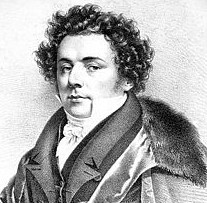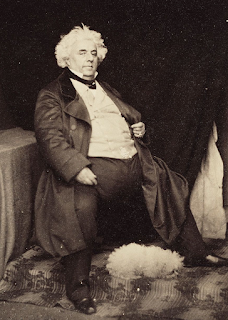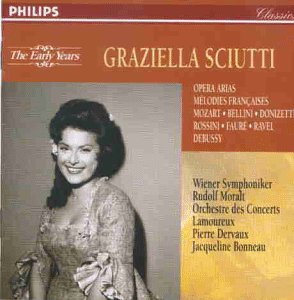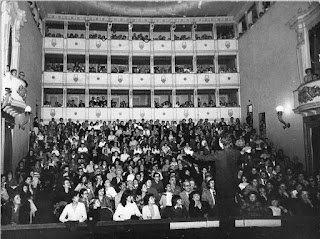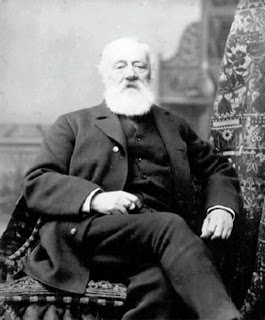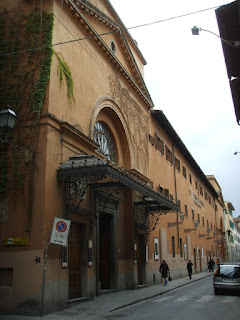Star on two continents whose voice divided opinions
 |
| The tenor Tito Schipa enjoyed success on two continents |
Tito Schipa, one of the most popular opera singers in the
first half of the 20th century who sang to packed houses in the
United States and South America as well as in Italy, was born on this day in 1888
in Lecce.
The tenor, whose repertoire included Verdi and Puccini roles
in the early part of his career and later encompassed works by Donizetti, Cilea
and Massanet, rose from modest beginnings to find fame with the Chicago and New
York Metropolitan opera companies in America.
He also appeared regularly in Buenos Aires in Argentina and
later in his career starred regularly at Teatro alla Scala in Milan and the
Rome Opera.
Some critics said his voice lacked power and had too narrow
a range for him to be considered a genuinely great tenor, yet he overcome his
perceived limitations to become extremely popular with the public wherever he
performed.
Schipa was born Raffaele Attilio Amedeo Schipa in the Le
Scalze district of Lecce, a fairly working class neighbourhood in the Puglian
city. His family were of Albanian heritage.
His father was a customs officer.
His talent was first noted by a primary school teacher in Lecce
and soon afterwards by a Catholic bishop, Gennaro Trama, a music enthusiast who
had a reputation as something of a talent scout, and who encouraged him to join
his local seminary.
 |
| Schipa often performed opposite the soprano Amelita Galli-Curci |
Eventually, feeling his opportunities in Lecce were limited,
Schipa made the bold decision to move to Milan to work with Emilio Piccoli, an
opera singer who had become a distinguished voice teacher.
With Piccoli’s help he was able to make his stage debut in
Vercelli in Piedmont as Alfredo in a performance of Verdi’s La Traviata in 1909
at the age of 21.
He was by no means an overnight success, spending the next
few seasons appearing at small opera houses around Italy. But in 1913 he had
the opportunity to travel to South America. He had already displayed his
linguistic versatility by singing in Spanish for audiences in Madrid and he was
a hit with operagoers in both Buenos Aires and Rio de Janeiro.
On his return to Italy, a brilliant performance in Puccini’s
Tosca on his debut at Teatro San Carlo in Naples in 1914 earned rave reviews
and suddenly Schipa was regarded as a major talent.
He developed a professional relationship with the soprano
Amelita Galli-Curci, whose voice blended perfectly with his. It was alongside
Galli-Curci that he made his US debut in Chicago in 1919, having been invited
by the Scottish soprano Mary Garden and the impresario Cleofonte Campanini, who
were managers of the Civic Opera.
His debut in Verdi’s Rigoletto began a 20-year
association with the Chicago Opera Company, although from 1932, as the
financial recession hit Chicago in particular, he was dividing his loyalties
between the Illinois city and the New York Metropolitan Opera.
 |
| Schipa waves farewell from the steps of an American ship en route to New York |
Schipa’s career was boosted by the growing popularity of the
gramophone. He made numerous audio recordings of arias and songs during his
career from 1913 onwards. His 78-rpm set of Donizetti's Don Pasquale, made in
1932, is considered so good that it remains in circulation on CD.
Away from the theatre, Schipa led a colourful social life,
although his associations with characters in the circle of the Mafia boss Al
Capone often resulted in him losing money through dubious ‘investments’ presented
to him.
He was married for the first time in 1920 to the French actress
Antoinette Michel d'Ogoy, with whom he had two daughters, Elena and Liana. During the Second World War he had a long
affair with the Italian actress Caterina Boratto, although it was to another
Italian starlet, Teresa Borgna, that he was married after Antoinette’s death in
1947. The marriage produced a son, Tito junior.
Schipa was a conductor as well as a singer and towards the
end of his career, after he had retired from the operatic stage, was the
director of a singing school in Budapest.
He had another singing school in New York, and was living in Manhattan
at the time of his death, in 1965, at the age of 78, from diabetes.
 |
| Piazza Duomo in the Baroque city of Lecce |
Travel tip:
Lecce, Schipa’s birthplace, has such a rich cultural
heritage it is sometimes called the Florence of the South. It is the main city
on Puglia's Salento peninsula. It became a centre for the ornate architecture
called Barocco Leccese. Its historic centre, compact and easy to explore, is filled
with Baroque monuments. There are many restaurants, too, that offer fine food
typical of Puglia.
 |
| The Piazza Cavour is at the heart of historic Vercelli |
Travel tip:
Vercelli, where Schipa made his operatic debut, is a city of
around 46,500 people situated about 80km (50 miles) northeast of Turin near the
Sesia river. It is one of the oldest
urban settlements in northern Italy, founded in around 600BC and has numerous
Roman relics and several noteworthy towers, including the Torre dell’Angelo
that overlooks the market square, Piazza Cavour. The Basilica di Sant’Andrea is one of the best
preserved Romanesque monuments in Italy.
